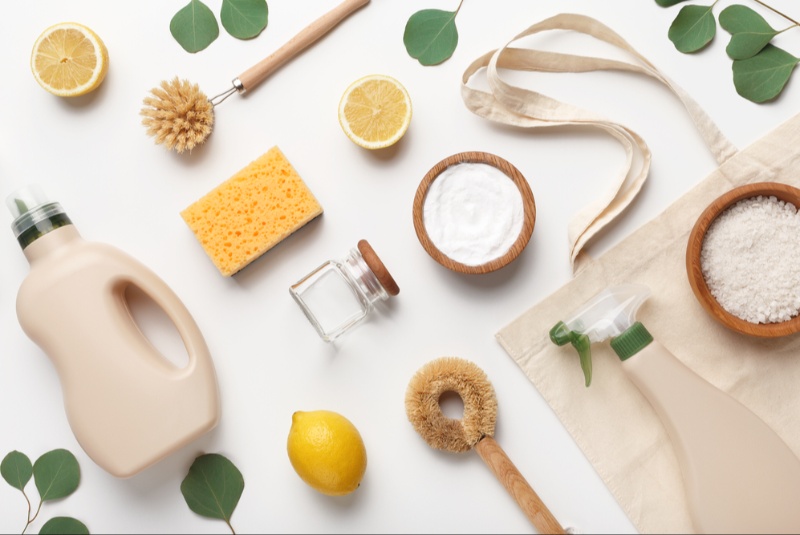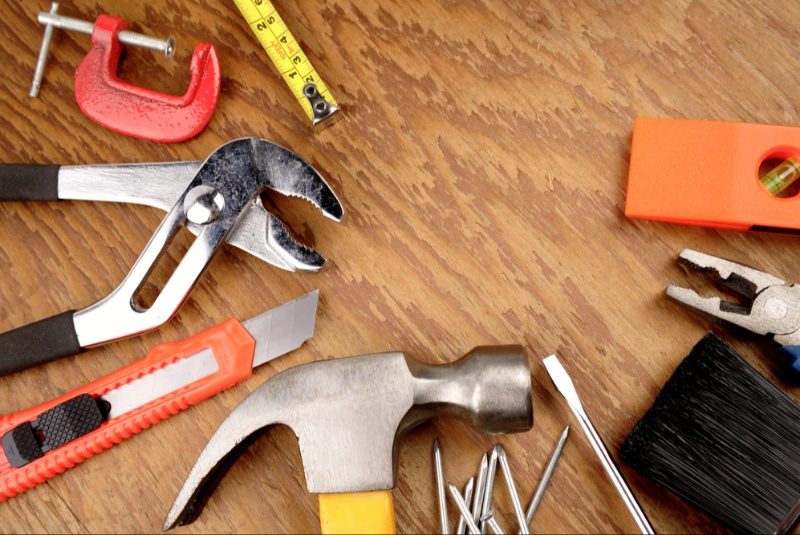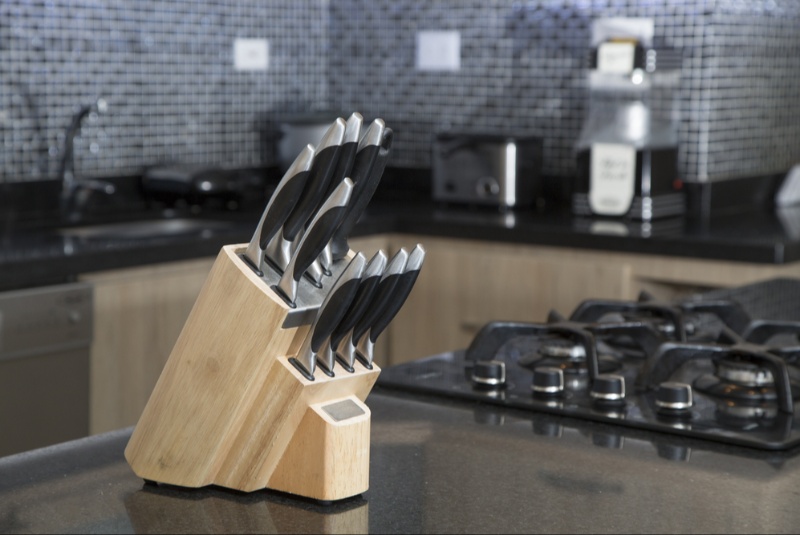In today's ever-evolving era of eco-consciousness, there's a growing awareness of the need to reduce our environmental footprint and live a more sustainable lifestyle. One way to contribute to this movement is by making your cleaning supplies using household ingredients. This DIY approach not only saves you money but also reduces the use of harmful chemicals, packaging waste, and the carbon footprint associated with commercial cleaning products. In this comprehensive guide, we'll walk you through the basics of creating your cleaning supplies, offering recipes and tips to help you maintain a clean and sustainable living space.
Understanding the Basics
The Essential Ingredients
Before you start crafting your own cleaning supplies, it's essential to understand the basic ingredients you'll need. Many of these items are likely already in your pantry. Here are some common staples:
- Baking Soda: Known for its abrasive and deodorizing properties, baking soda is excellent for scrubbing and removing stains.
- White Vinegar: White vinegar is a versatile ingredient that acts as a natural disinfectant, deodorizer, and cleaner. It can dissolve mineral deposits, cut through grease, and kill bacteria.
- Lemon: Lemon juice is a natural source of acidity and can be used for its pleasant scent and grease-cutting abilities.
- Salt: Salt is a mild abrasive that helps with scrubbing and can be used in various cleaning solutions.
The Necessary Tools
To create and store your DIY cleaning supplies, you'll need a few basic tools and containers:
- Containers for Storage: Choose reusable containers to store your homemade cleaning products. Mason jars, glass bottles, or plastic containers with tight-sealing lids work well.
- Spray Bottles: For many cleaning solutions, spray bottles are handy for easy application. Look for durable, reusable spray bottles.
- Labels: Label your containers with the names and usage instructions of the cleaning solutions to avoid confusion.

Recipes for Your DIY Cleaning Arsenal
Creating your cleaning supplies is like following a recipe; you combine the right ingredients in the correct proportions to achieve the desired results. Here are some golden DIY cleaning recipes to help you get started:
1. All-Purpose Cleaner
Ingredients:
- 1 part white vinegar
- 1 part water
- Lemon peel (for fragrance)
Instructions:
- Combine equal parts white vinegar and water in a spray bottle.
- Add a few strips of lemon peel for a fresh scent.
- Shake the bottle to mix the solution thoroughly.
- Use this all-purpose cleaner on non-porous surfaces for a sparkling effect.
2. Scouring Powder
Ingredients:
- 2 parts baking soda
- 1 part salt
- 1 part borax
Instructions:
- Mix all the ingredients well in a container.
- Sprinkle the scouring powder on surfaces like stovetops, sinks, or grout.
- Scrub away with a damp cloth or sponge.
3. Glass Cleaner
Ingredients:
- 2 cups of water
- ½ cup of white or cider vinegar
- ¼ cup of rubbing alcohol (70% concentration)
- 1 to 2 drops of essential oil (for fragrance)
Instructions:
- Combine all the ingredients in a spray bottle.
- Shake the bottle to mix the solution thoroughly.
- Spray this homemade glass cleaner on glass surfaces and wipe clean with a dry cloth or newspaper for a streak-free shine.
4. Toilet Bowl Cleaner
Ingredients:
- ½ cup of baking soda
- ¼ cup of citric acid
- 1 tablespoon of liquid soap (castile soap works well)
Instructions:
- In a bowl, mix the baking soda, citric acid, and liquid soap to form a paste.
- Apply the paste to the toilet bowl, focusing on stains and under the rim.
- Allow it to sit for a few minutes, then scrub with a toilet brush.
- Flush to rinse.
5. Laundry Detergent
Ingredients:
- 1 bar of Dr. Bronner’s pure castile soap (grated)
- 2 cups of washing soda
- 2 cups of borax
Instructions:
- Grate the bar of castile soap finely.
- In a large container, mix the grated soap, washing soda, and borax thoroughly.
- Store the homemade laundry detergent in a sealed container.
- Use 2-3 tablespoons per load of laundry.
Safety and Efficacy
Using homemade cleaning solutions is generally safe when done correctly. However, it's essential to follow these guidelines:
- Patch Test: Always perform a patch test on an inconspicuous area before using a new cleaning solution to ensure it doesn't damage the surface.
- Avoid Mixing Certain Ingredients: Never mix vinegar with bleach, as it can produce toxic chlorine gas. Always use these ingredients separately.
- Label Properly: Clearly label all your homemade products with their contents and usage instructions to avoid confusion.
Embracing the Green Cleaning Revolution
Creating your cleaning products not only saves you money but also allows you to take control of the ingredients in your cleaning solutions. This ensures the safety and health of your family and pets, as well as reducing your environmental impact.
Furthermore, making DIY cleaning supplies can be a fun and educational activity for the whole family. It's an excellent opportunity to teach kids about responsible and sustainable living. Involving them in the process can help raise conscientious citizens who are aware of the impact of their choices on the environment.
In a world that is increasingly embracing sustainable living practices, DIY cleaning supplies exemplify an ingenious way to preserve our environment while maintaining a clean and healthy living space. As you embark on this fulfilling journey of crafting your cleaning solutions, remember that you are not just cleaning your home; you are also contributing to a cleaner, greener Earth. The time is ripe to embrace this green cleaning revolution, fostering a home that is not only clean but also environmentally responsible.




